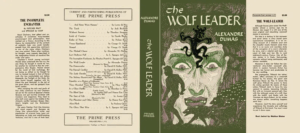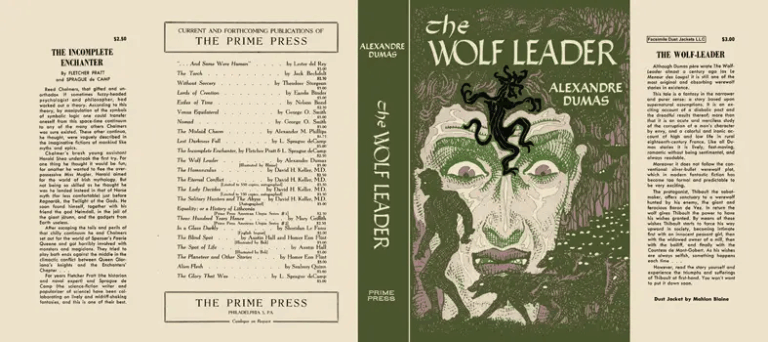Dressed in Double Truth: Visual Echoes of Elen de Céspedes
Elen de Céspedes (c. 1545–after 1588) was born in Spain, assigned female at birth, and lived much of their adult life as a man. A former enslaved person and farmworker, they eventually became a licensed surgeon, an astonishing achievement for someone of their social origin, let alone someone living across gender lines.
Céspedes married a woman dressed in male clothing, and presented socially as male, though at times they described themselves as having a body “made both of man and woman.” Interrogated by the Inquisition and royal courts, they defended their identity with remarkable clarity and defiance, asserting not deceit, but truth in complexity.
No confirmed portrait of Céspedes survives, but Spanish Renaissance portraiture of pages, soldiers, and physicians offers visual records of gendered roles that Céspedes may have inhabited. Paintings of young court attendants often portray ambiguous features — slender hands, powdered skin, delicate fabrics — inviting reinterpretation through a queer lens.
These images raise questions: how do we read gender in portraiture? What did it mean to pass or present across gender lines in the 16th century? Céspedes’s life and the portraits of courtly youths surrounding their era become a palimpsest of queer possibility, where gender was performance, protection, and defiance all at once.







No Comments